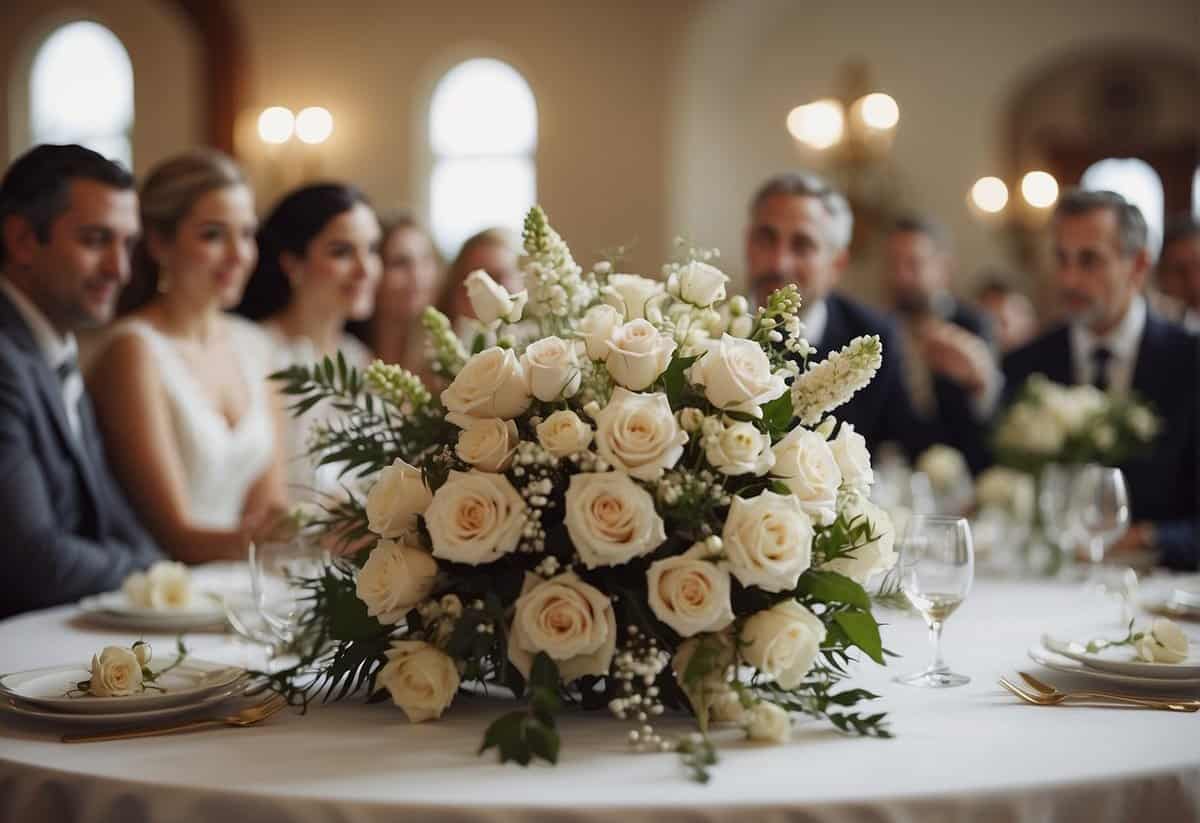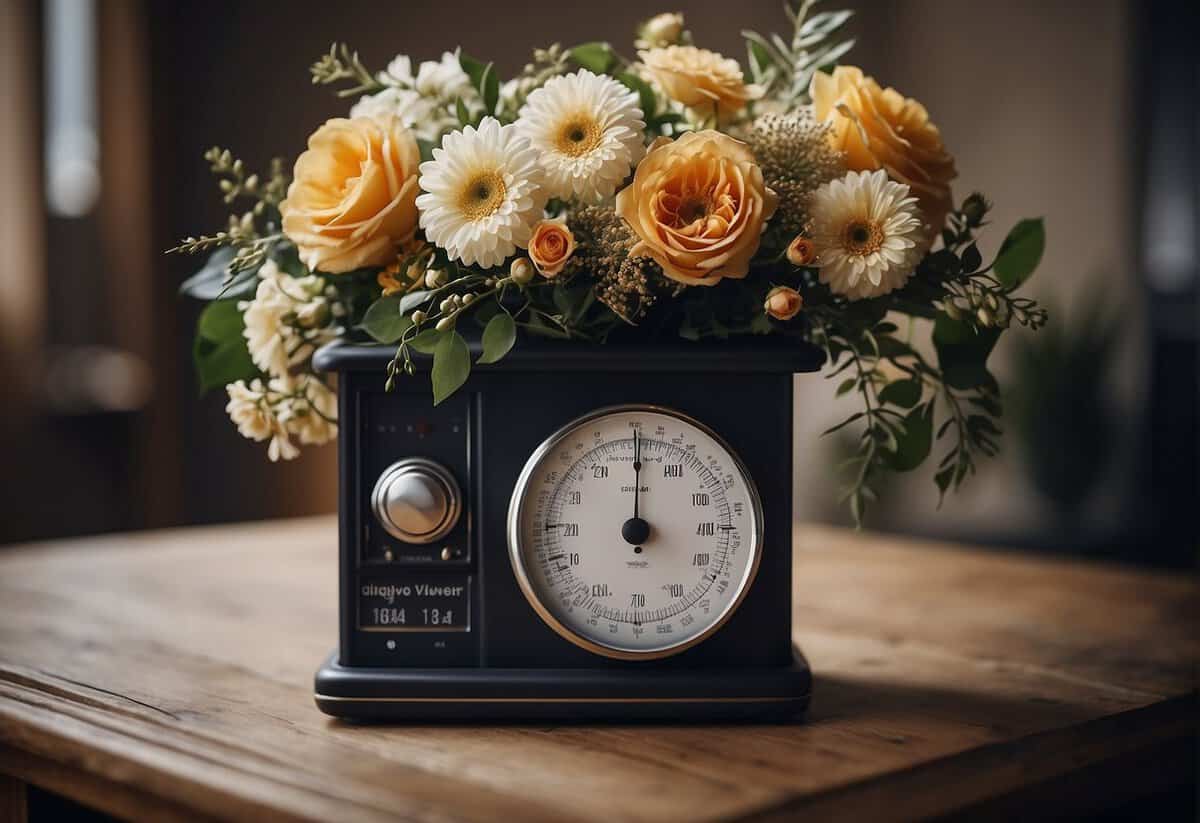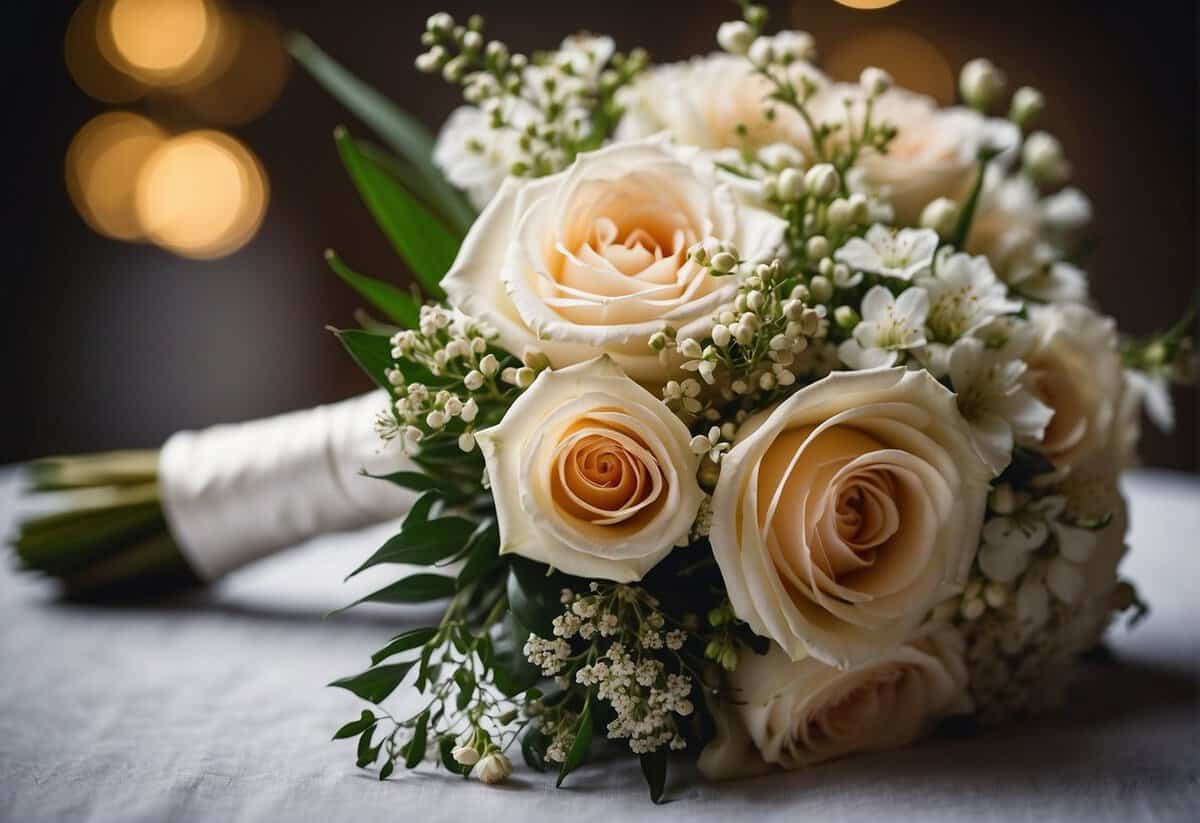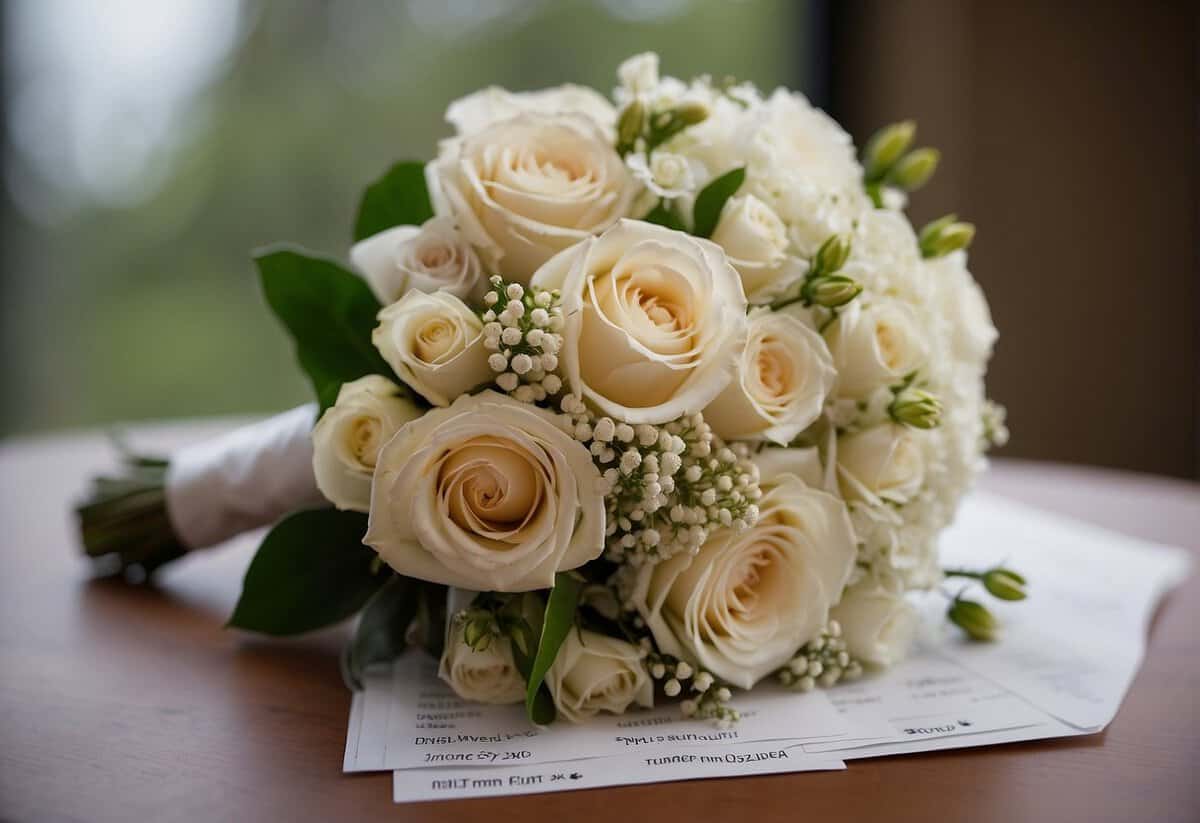Who is Supposed to Pay for the Bride’s Bouquet? Understanding Wedding Etiquette
When it comes to wedding planning, the bride’s bouquet stands out as a centerpiece of the ceremony, symbolizing beauty and tradition. Understanding who pays for this important element of your special day can be a bit of a puzzle, given that wedding costs are often shared among various parties. Traditionally, it was common for the groom or his family to cover the cost of the bride’s bouquet, showcasing a gesture of love and celebration. However, modern wedding practices are shifting, with couples frequently taking a more collaborative approach to financial responsibilities.

Allocating the budget for wedding flowers, including the bride’s bouquet, requires clear communication and agreement between all involved parties. This means that you may need to sit down with your families and discuss who is willing and able to contribute to this aspect of wedding expenses. As couples today strive for more personalized and equitable wedding plans, they may also choose to split costs in a way that reflects their unique values and financial situations. Regardless of the approach, it’s important to have these discussions early on in the planning process to avoid any misunderstandings or stress closer to your wedding day.
Key Takeaways
- The groom’s family traditionally pays for the bride’s bouquet, but this can vary.
- Modern weddings often involve a shared approach to covering floral expenses.
- Discussing and budgeting for the bride’s bouquet early helps manage wedding costs.
Traditional and Modern Perspectives on Expenses

When planning a wedding, understanding who traditionally pays for certain items, like the bride’s bouquet, can seem complex. Here’s how these traditions have shaped current practices and what it means for you.
Cultural Expectations and the Bride’s Family Role
Traditionally, the bride’s family would carry the bulk of wedding expenses, covering extensive parts of the ceremony and reception. This often includes the bride’s bouquet, a central symbol of the bridal attire. Different cultures may vary, but this expectation is quite common in Western weddings. It’s a gesture that symbolizes the family’s support for the bride on her special day.
Groom’s Financial Contributions
In contrast to the bride’s family, the groom’s family has been expected to cover certain expenses, one of which is the bride’s bouquet. This expense, along with boutonnieres for men and corsages for mothers and grandmothers, shows financial support and involvement in the ceremony. The Knot notes that these contributions are part of the groom’s financial responsibilities, outlining a form of budget participation that is typically expected.
How Couples Navigate Financial Planning Today
Modern couples often approach their wedding expenses by blending traditions with practicality. It’s quite common now for both partners to contribute to the budget, or for them to seek financial help from both families. The decision on who pays for what, like the bride’s bouquet, is increasingly a result of open discussions, reflecting the couple’s unique circumstances and support systems. WeddingWire offers insights into how contemporary couples divide their wedding budget, showing that the norm is increasingly collaborative.
Allocating the Budget for Wedding Flowers

In planning your special day, understanding how to distribute your flower budget is crucial. From the bride’s bouquet to the floral displays at the ceremony and reception, every detail adds to the overall elegance of your wedding.
Factors Influencing Flower Budget
When setting up the flower budget for your wedding, several factors come into play that will determine how much you allocate to the various floral needs. These include:
- The Size of the Wedding: Larger weddings require more flower arrangements, increasing the cost.
- Season and Availability: Some flowers may be more expensive during off-season periods or if they are rare.
- Types of Flowers: Luxury flowers such as orchids or peonies usually cost more than popular, seasonally available options like roses or tulips.
- Wedding Style: A more formal wedding typically calls for elaborate flower arrangements, which can drive up the cost.
Remember that average costs may guide you, but your personal choices will ultimately define your flower budget.
Choosing the Right Wedding Florist
Selecting a wedding florist is about more than just cost; it’s about finding a partner to bring your vision to life. Consider the following:
- Portfolio: Look for a florist whose previous work resonates with the style and elegance you envision for your wedding.
- Experience: An experienced florist can suggest the best use of your budget, including which types of flowers can be substituted to maintain aesthetics while saving costs.
- Communication: Ensure the florist understands your needs, from the bridesmaid bouquets to the centerpiece flower arrangements.
The right florist will help you balance cost without compromising the vision for your wedding flowers. Keep these pointers in mind to help manage your wedding flower budget and collaborate effectively with a florist to achieve the look you desire.
Specific Floral Expenses
When planning a wedding, understanding who traditionally pays for each floral item can help allocate your budget effectively. Let’s explore the specifics of who buys the key flower-related items for the big day.

Who Buys the Bride’s and Bridesmaids’ Bouquets?
Traditionally, the groom’s family is expected to purchase the bride’s bouquet. This is a longstanding custom that honors the bride from the groom’s side. For the bridesmaids’ bouquets, the cost is generally covered by the bride’s family, tying the look of the wedding party together.
Costs for Corsages and Boutonnieres
When it comes to corsages and boutonnieres, these smaller floral accessories are also typically paid for by the groom’s family. Corsages are usually worn by mothers and grandmothers, while boutonnieres are for the groomsmen, ushers, and often the fathers.
Other Flower-Related Items
- Wedding Ceremony: The bride’s family often pays for flowers for the wedding ceremony venue.
- Centerpieces: For the reception, centerpieces and other decorative floral arrangements are typically a responsibility of the bride’s family.
- Flower Crowns and Mini Bouquets: If you’re including flower crowns for flower girls or mini bouquets for junior bridesmaids, these are usually covered by the bride’s family.
Remember, these traditions are merely guidelines and many couples today choose to split costs differently or fund their weddings independently.
Frequently Asked Questions

When it comes to wedding preparations, understanding who pays for what can be quite helpful. These questions specifically address the role of the bride’s and groom’s families in covering various costs.
What responsibilities do the groom’s parents have concerning wedding expenditures?
Traditionally, the groom’s family is responsible for certain expenses such as the bride’s bouquet, which is often seen as a gesture of goodwill from the groom’s side.
Which floral arrangements are typically covered by the bride’s financial contributions?
The bride or her family covers the cost of the bridesmaids’ bouquets and typically any flower arrangements for the ceremony itself, like aisle markers or the ceremony backdrop.
Who is traditionally expected to provide boutonnieres for the fathers at the wedding?
In many wedding traditions, the parents of the groom are expected to cover the cost of boutonnieres for the fathers and possibly for other men in the wedding party.
Can you list what the bride’s family is often responsible for in wedding costs?
The bride’s family traditionally takes on expenses like the wedding invites, bridal luncheon, and beautification treatments. They also typically cover costs for reception details like catering and decorations.
How is the cost for flowers at the reception’s head table usually allocated?
Costs for flowers at the reception, including the head table’s arrangements, are typically handled by the bride’s family, as part of the broader reception expenses.
Is it customary for the groom’s parents to present a wedding gift, and if so, what is an appropriate amount?
Yes, it is common for the groom’s parents to give the couple a wedding gift, although there is no set amount—it should be what feels right to them and fits within their budget.

